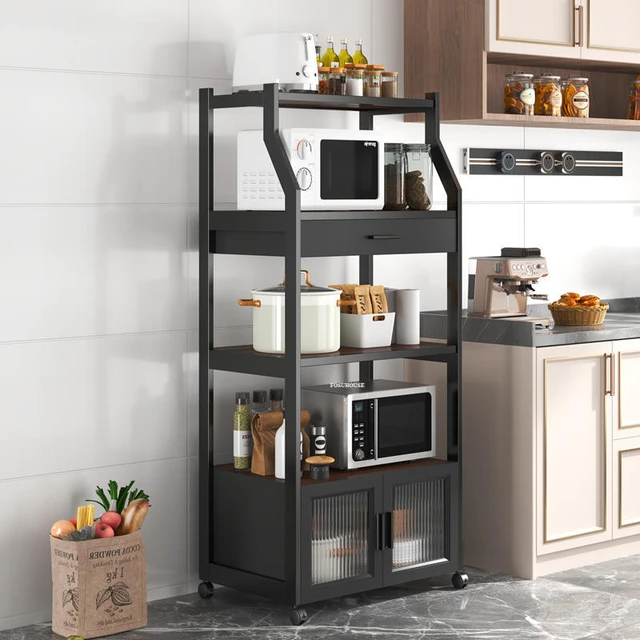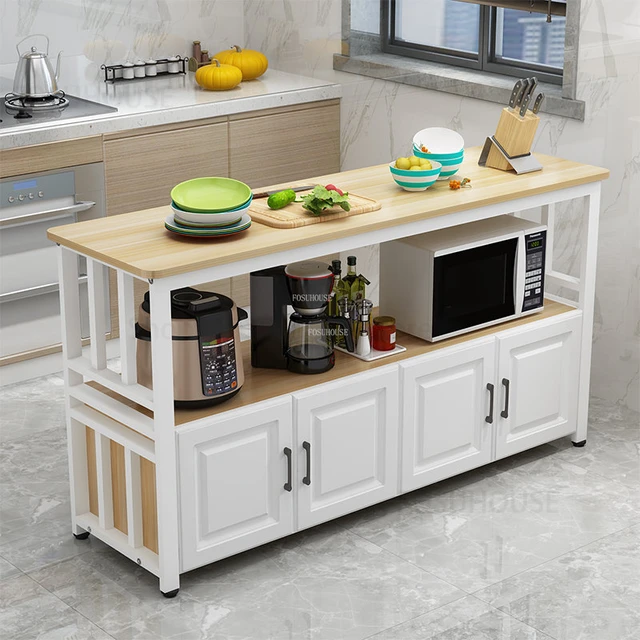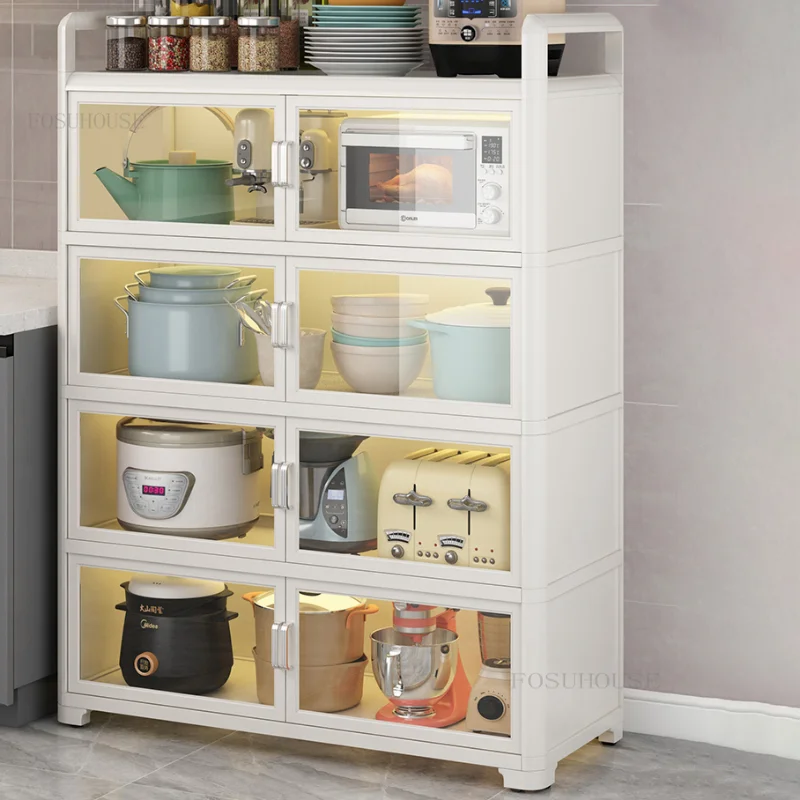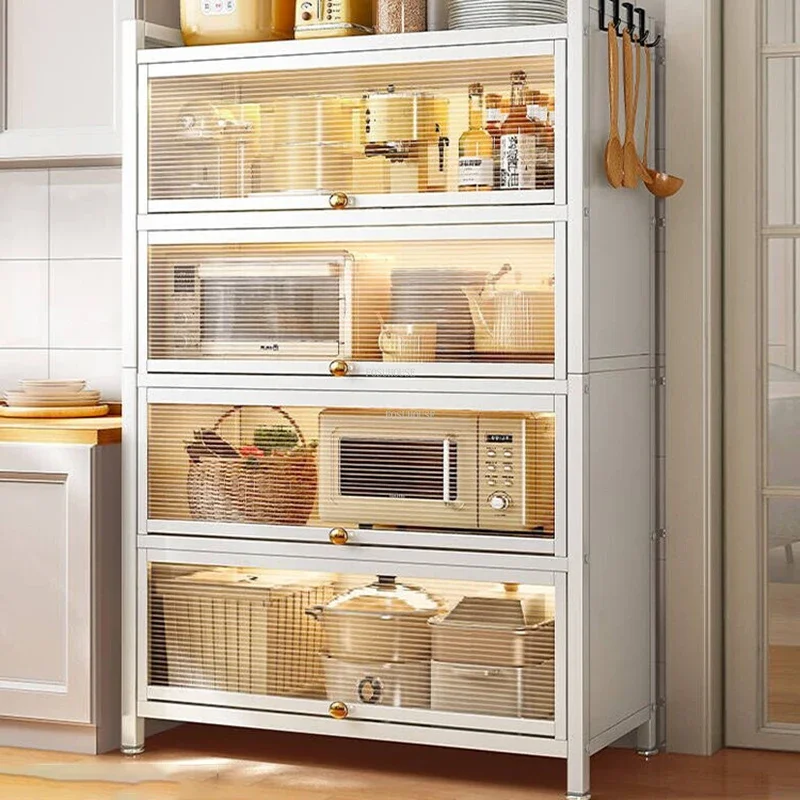How long does it take to install kitchen cabinets
Installing kitchen cabinets is a significant undertaking in any home renovation project. It involves a careful blend of planning, precision, and patience to achieve a beautiful and functional result. While the exact time required for cabinet installation can vary widely depending on several factors, understanding the different stages and their associated timelines can provide a realistic expectation.
 Factors Influencing Installation Time
Factors Influencing Installation Time
How long does it take to install kitchen cabinets
Several factors significantly influence the time needed to install kitchen cabinets. These include:
- Cabinet Type: The complexity of the cabinet design plays a crucial role. Custom cabinets, often requiring specialized fabrication and adjustments, naturally take longer than pre-fabricated stock cabinets.
- Cabinet Material: Solid wood cabinets, while offering durability and elegance, require more time for installation due to their heavier weight and potential need for intricate finishing touches.
- Cabinet Complexity: Cabinets with intricate features like multiple doors, drawers, or decorative moldings add complexity and require more time for installation. Simple cabinets with standard features typically require less time.
- Existing Kitchen Layout: The existing layout of your kitchen impacts the installation time. Removing existing cabinets, walls, or plumbing lines can significantly increase the overall project duration.
- Home Access and Conditions: Limited access to the kitchen, such as narrow doorways or stairs, can slow down the process. Unfavorable conditions like uneven walls or floors may also require additional time for preparation and adjustments.
- DIY vs. Professional Installation: Attempting DIY installation can seem like a cost-saving option, but it often leads to delays due to inexperience and potential errors. Hiring professional installers offers expertise and efficiency, typically leading to faster completion.
- Project Scope: The scope of your kitchen renovation project greatly affects the installation time. If your project includes other major renovations like flooring, plumbing, or electrical work, the cabinet installation will be integrated into the overall timeline.
 Step-by-Step Installation Process
Step-by-Step Installation Process
The process of installing kitchen cabinets can be broken down into distinct steps:
1. Preparation and Planning:
- Demolition (if applicable): Remove existing cabinets, countertops, backsplash, and any other obstructions to create a clean slate for the new installation.
- Site Preparation: Level the floor, address any uneven walls or surfaces, and prepare the area for the new cabinets.
- Measuring and Planning: Accurately measure the available space, including walls, doorways, and windows. Plan the cabinet layout, considering factors like appliance placement, storage needs, and desired aesthetic.
- Cabinet Ordering: Based on the measurements and plan, order the required cabinets, countertops, and hardware. Allow sufficient lead time for fabrication and delivery.
2. Cabinet Assembly and Installation:
- Cabinet Assembly: Assemble the cabinets according to the manufacturer’s instructions. This step might be completed by the installer or pre-assembled by the manufacturer.
- Wall Mounting: Secure the base cabinets to the walls using appropriate anchors and fasteners. Ensure proper alignment and leveling.
- Upper Cabinet Installation: Hang the upper cabinets, ensuring they are level and properly aligned with the base cabinets. Use appropriate brackets and hardware for secure support.
3. Finishing Touches:
How long does it take to install kitchen cabinets
- Countertop Installation: Install the countertop, ensuring a snug fit with the cabinets and proper sealing against the backsplash.
- Cabinet Hardware Installation: Install door hinges, handles, pulls, and other hardware, ensuring proper alignment and function.
- Backsplash Installation: Install the backsplash, carefully aligning it with the countertop and cabinets. Use appropriate grout and sealant for a durable and finished look.
4. Cleaning and Inspection:
- Final Cleaning: Thoroughly clean the kitchen area, removing any debris or dust from the installation process.
- Inspection: Inspect all aspects of the installation, ensuring proper alignment, function, and aesthetic appeal.
 Realistic Installation Timeframes
Realistic Installation Timeframes
The overall installation time for kitchen cabinets can vary widely. Here is a general guideline:
DIY Installation:
- Simple Kitchen: 2-3 days
- Medium Complexity: 4-6 days
- Complex Kitchen: 7-10 days or more
Professional Installation:
- Simple Kitchen: 1-2 days
- Medium Complexity: 2-4 days
- Complex Kitchen: 3-6 days or more
Note: These are just estimates, and actual timeframes may vary depending on the factors discussed earlier. It’s always wise to consult with experienced professionals for a more accurate estimate based on the specifics of your project.
 Tips for Smooth Cabinet Installation
Tips for Smooth Cabinet Installation
How long does it take to install kitchen cabinets
To ensure a smooth and efficient cabinet installation, consider these tips:
- Detailed Planning: Plan your layout carefully, considering appliance placement, traffic flow, and storage needs. Create a detailed diagram for reference during installation.
- Accurate Measurements: Measure twice and cut once! Accurate measurements are crucial for proper fit and alignment.
- Quality Materials: Invest in high-quality cabinets, countertops, and hardware for longevity and aesthetics.
- Proper Preparation: Ensure the kitchen area is properly prepared for installation, including leveling floors and addressing any uneven walls.
- Seek Professional Help: Don’t hesitate to consult with experienced professionals for assistance with complex tasks or if you lack the necessary expertise.
Kitchen cabinet types:
Construction:
- Frame and Panel: Traditional, sturdy, with raised panels in the cabinet doors. They offer a classic look and are generally more expensive.
- Slab: Modern and minimalist, featuring flat, smooth cabinet doors with no visible frame. They create a clean, streamlined look and are often more affordable.
- Inset: Doors fit flush within the cabinet frame, offering a sophisticated and seamless appearance. They are high-end and require precise installation.
- Overlay: Cabinet doors overlap the frame, creating a more traditional look with more options for door styles.
Function:
- Base Cabinets: Located on the floor, they offer storage space for pots, pans, appliances, and other kitchen essentials.
- Wall Cabinets: Mounted on the wall, these provide upper storage for dishes, glasses, and infrequently used items.
- Tall Cabinets: Tall and narrow, they are perfect for storing bulky items like pantry goods or cleaning supplies.
- Corner Cabinets: Designed to maximize corner space, these cabinets come in various shapes and configurations.
- Island Cabinets: Part of a kitchen island, they offer additional storage and countertop space.
Material:
- Wood: Most common and versatile. Options include cherry, maple, oak, and hickory.
- Painted: Offered in a wide range of colors, painted cabinets provide a clean and modern look.
- Laminate: Durable and affordable, laminate cabinets are a practical choice.
- Thermofoil: This is a type of laminate with a smooth, plastic-like finish. It is water-resistant and easy to clean.
- Stainless Steel: High-end, modern, and durable, but can be more expensive.
Cabinet Styles:
- Shaker: Simple and timeless, featuring a flat center panel framed by a thin border.
- Beaded: Features a raised bead on the center panel for a subtle, elegant touch.
- Raised Panel: Features a raised center panel, adding depth and dimension to the cabinet door.
- Mission: Characterized by its sturdy, simple design with minimal ornamentation.
- Contemporary: Modern and sleek, often featuring flat, smooth doors and minimalist hardware.
Choosing the right type of kitchen cabinets depends on your personal style, budget, and the layout of your kitchen. It’s best to consult with a kitchen designer for expert advice.
Some key considerations when installing kitchen cabinets:
Planning and Preparation:
- Measure Accurately: This is crucial! Take precise measurements of your kitchen space, including wall heights, countertop depth, and any existing features like windows or appliances.
- Choose the Right Cabinets: Consider your budget, style preferences, and the layout of your kitchen. Cabinets come in various materials, finishes, and configurations.
- Plan Your Layout: Decide on the placement of cabinets, appliances, and other features. Use a kitchen design tool or work with a professional to create a functional layout that meets your needs.
- Check for Structural Issues: Ensure your walls are level and sturdy enough to support the weight of the cabinets. Address any structural issues before installation.
- Get the Necessary Tools and Materials: You’ll need various tools, including a level, stud finder, drill, saw, and appropriate fasteners.
Installation Process:
- Start with the Base Cabinets: Install base cabinets first, ensuring they are level and plumb. Use shims to adjust for uneven surfaces.
- Install Upper Cabinets: Once base cabinets are secure, move on to the upper cabinets. Attach them to the wall using appropriate fasteners.
- Ensure Proper Spacing and Alignment: Carefully align the cabinets to create a seamless and visually appealing look. Double-check measurements and use shims to adjust as needed.
- Install Cabinet Doors and Drawers: After the cabinets are in place, install the doors and drawers, ensuring they function smoothly.
- Install Countertop and Sink: Once the cabinets are secure, install your countertop and sink. Consider using a professional installer for this step.
- Finishing Touches: After installation, complete any necessary finishing work, such as caulking, painting, or applying sealant.
 Professional Help:
Professional Help:
- Hiring a Contractor: While installing cabinets yourself can save you money, it’s a complex process. Consider hiring a professional contractor if you’re not confident in your skills or if you have a complex kitchen layout.
Tips for a Successful Installation:
How long does it take to install kitchen cabinets
- Take your time and be patient. Cabinet installation requires precision and attention to detail.
- Read manufacturer instructions carefully. Follow the instructions provided by the cabinet manufacturer for proper installation and care.
- Use a level and a stud finder. These tools will help ensure your cabinets are installed correctly and securely.
- Don’t be afraid to ask for help. If you encounter any difficulties, don’t hesitate to seek guidance from a professional contractor or someone with experience.
Remember, a well-installed kitchen cabinet system can transform your kitchen and enhance its functionality and style. By carefully planning and following these tips, you can create a beautiful and durable kitchen that you’ll enjoy for years to come.
Conclusion
How long does it take to install kitchen cabinets
Installing kitchen cabinets is a significant step in transforming your kitchen. Understanding the factors that influence installation time, following the step-by-step process, and utilizing professional expertise when needed will help ensure a smooth and successful outcome. With careful planning, meticulous execution, and a touch of patience, you can create a beautiful and functional kitchen that reflects your unique style and needs.



